Plastic Wrap on Fused Ficus
bryanscott
11 years ago
Featured Answer
Comments (49)
bryanscott
11 years agolast modified: 9 years agoTiffany, purpleinopp Z8b Opp, AL
11 years agoRelated Professionals
Beachwood Landscape Architects & Landscape Designers · Cottonwood Landscape Architects & Landscape Designers · New Mexico Landscape Architects & Landscape Designers · Southfield Landscape Architects & Landscape Designers · Aurora Landscape Contractors · Canton Landscape Contractors · Waterbury Landscape Contractors · Glendale Heights Landscape Contractors · Lake Zurich Landscape Contractors · Overland Park Landscape Contractors · Plantation Landscape Contractors · Palos Heights Landscape Contractors · Gloucester City Interior Designers & Decorators · Sweetwater Interior Designers & Decorators · Washington Interior Designers & Decoratorsbryanscott
11 years agolast modified: 9 years agoStush2049 Pitts. PA, zone 6
11 years agolast modified: 9 years agotapla (mid-Michigan, USDA z5b-6a)
11 years agolast modified: 9 years agobryanscott
11 years agolast modified: 9 years agotapla (mid-Michigan, USDA z5b-6a)
11 years agolast modified: 9 years agorina_Ontario,Canada 5a
11 years agolast modified: 9 years agoTiffany, purpleinopp Z8b Opp, AL
11 years agotapla (mid-Michigan, USDA z5b-6a)
11 years agolast modified: 9 years agorhizo_1 (North AL) zone 7
11 years agolast modified: 9 years agoStush2049 Pitts. PA, zone 6
11 years agolast modified: 9 years agoTiffany, purpleinopp Z8b Opp, AL
11 years agotapla (mid-Michigan, USDA z5b-6a)
11 years agolast modified: 9 years agotropicbreezent
11 years agobryanscott
11 years agolast modified: 9 years agorhizo_1 (North AL) zone 7
11 years agolast modified: 9 years agorina_Ontario,Canada 5a
11 years agolast modified: 9 years agoTiffany, purpleinopp Z8b Opp, AL
11 years agotapla (mid-Michigan, USDA z5b-6a)
11 years agolast modified: 9 years agorina_Ontario,Canada 5a
11 years agolast modified: 9 years agotapla (mid-Michigan, USDA z5b-6a)
11 years agolast modified: 9 years agotapla (mid-Michigan, USDA z5b-6a)
11 years agolast modified: 9 years agotapla (mid-Michigan, USDA z5b-6a)
11 years agolast modified: 9 years agotapla (mid-Michigan, USDA z5b-6a)
11 years agolast modified: 9 years agotapla (mid-Michigan, USDA z5b-6a)
11 years agolast modified: 9 years agotapla (mid-Michigan, USDA z5b-6a)
11 years agolast modified: 9 years agorina_Ontario,Canada 5a
11 years agolast modified: 9 years agorina_Ontario,Canada 5a
11 years agolast modified: 9 years agotapla (mid-Michigan, USDA z5b-6a)
11 years agolast modified: 9 years agobryanscott
11 years agolast modified: 9 years agosilentsurfer
11 years agolast modified: 9 years agoTiffany, purpleinopp Z8b Opp, AL
11 years agotapla (mid-Michigan, USDA z5b-6a)
11 years agolast modified: 9 years agoTiffany, purpleinopp Z8b Opp, AL
11 years agorina_Ontario,Canada 5a
11 years agolast modified: 9 years agotapla (mid-Michigan, USDA z5b-6a)
11 years agolast modified: 9 years agosilentsurfer
11 years agolast modified: 9 years agobryanscott
11 years agolast modified: 9 years agotapla (mid-Michigan, USDA z5b-6a)
11 years agolast modified: 9 years agobryanscott
11 years agolast modified: 9 years agoTiffany, purpleinopp Z8b Opp, AL
11 years agoTiffany, purpleinopp Z8b Opp, AL
9 years agoTiffany, purpleinopp Z8b Opp, AL
6 years agoalbert_135 39.17°N 119.76°W 4695ft.
6 years agoTiffany, purpleinopp Z8b Opp, AL
6 years agoalbert_135 39.17°N 119.76°W 4695ft.
6 years agoTiffany, purpleinopp Z8b Opp, AL
6 years ago
Related Stories
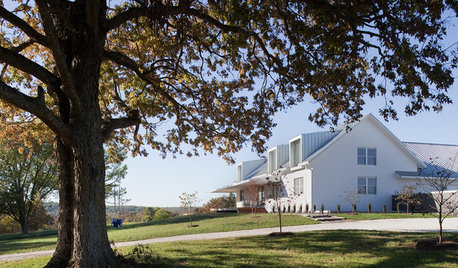
HOUZZ TOURSHouzz Tour: Traditional Meets Modern in a Missouri Farmhouse
Don't be fooled by the gable form. This spacious home on 3 acres has many modern surprises up its sleeve
Full Story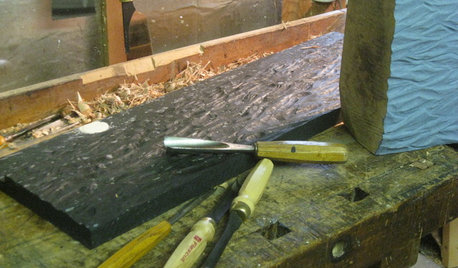
MATERIALS35 Makers Show Us What They Do With Their Favorite Tools
Houzz readers express their creativity in an astonishing range of ways. View their tools — and their works — here
Full Story
HOLIDAYSChristmas Cleanup Tips for the Not Naturally Organized
Dreading the postholiday chores? First let yourself unwind. Then grab some boxes, a few supplies and this easy guide
Full Story
HOUSEPLANTS8 Essentials for Healthy Indoor Plants
Houseplants add so much to our homes — and can thrive when grown in the right conditions. Keep these tips in mind
Full Story
LIFEHouzz Call: Show Us Your Nutty Home Fixes
If you've masterminded a solution — silly or ingenious — to a home issue, we want to know
Full Story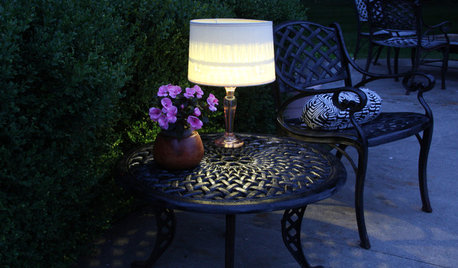
DIY PROJECTSLight Up Your Night With an Easy Outdoor Table Lamp
Hit up Goodwill and the hardware store to make this lamp for a deck or poolside patio in minutes
Full Story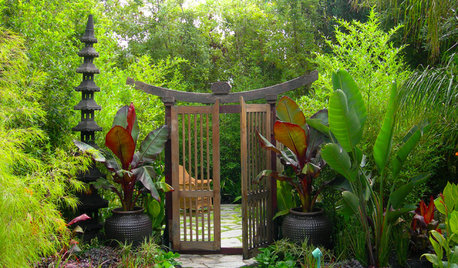
CONTAINER GARDENS10 Ways to Take Containers Beyond the Patio
Enliven your landscape with pots and containers
Full Story
FARM YOUR YARDHow to Build a Raised Bed for Your Veggies and Plants
Whether you’re farming your parking strip or beautifying your backyard, a planting box you make yourself can come in mighty handy
Full Story
KITCHEN DESIGNHow to Add a Kitchen Backsplash
Great project: Install glass, tile or another decorative material for a gorgeous and protective backsplash
Full Story
DECLUTTERING10 Types of Clutter to Toss Today
Clear the decks and give the heave-ho to these unneeded items
Full StoryMore Discussions






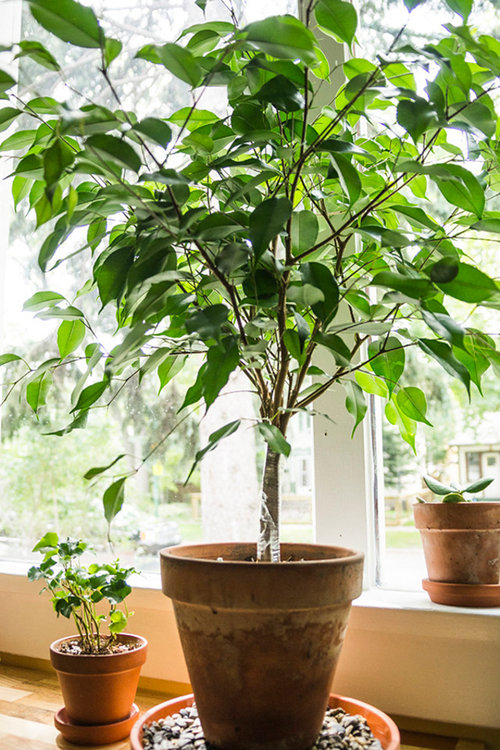




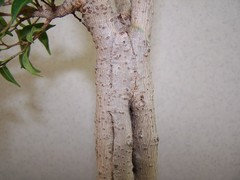


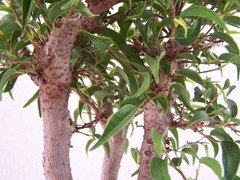
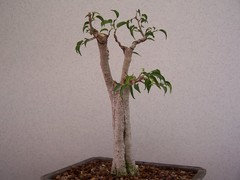
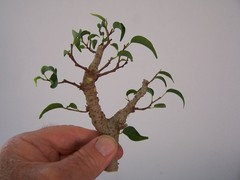



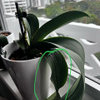


tapla (mid-Michigan, USDA z5b-6a)